Home>Articles>How To Use A Cast Iron Skillet On A Glass Top Stove
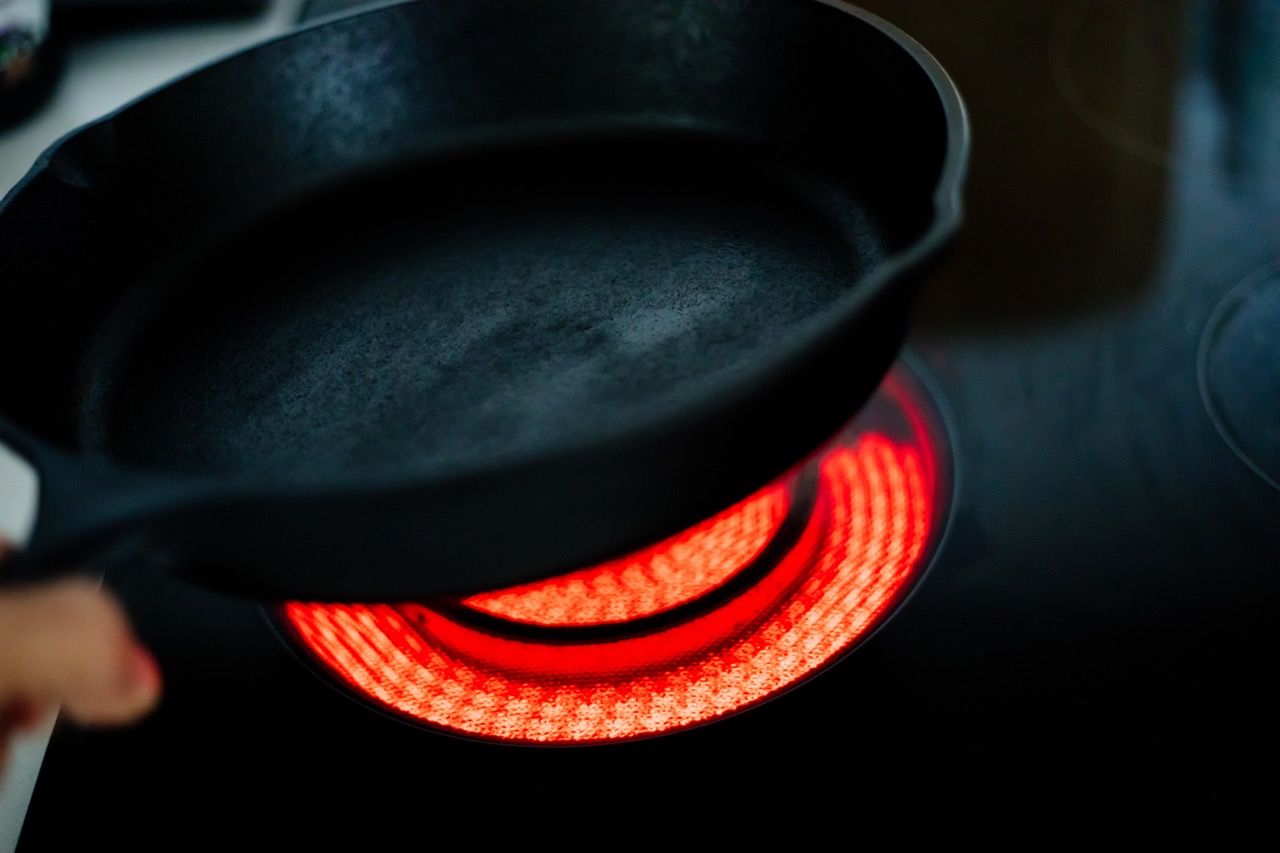

Articles
How To Use A Cast Iron Skillet On A Glass Top Stove
Modified: August 30, 2024
Discover expert articles on how to safely and effectively use a cast iron skillet on a glass top stove. Learn the best practices and avoid damaging your cookware or stovetop.
(Many of the links in this article redirect to a specific reviewed product. Your purchase of these products through affiliate links helps to generate commission for Storables.com, at no extra cost. Learn more)
Introduction
Welcome to the world of cooking with cast iron skillets! These versatile kitchen tools have been around for centuries and are known for their durability and heat retention. Using a cast iron skillet on a glass top stove may seem like a tricky combination, but with the right precautions and techniques, you can achieve excellent cooking results without damaging your stove.
In this article, we will guide you through the process of safely using a cast iron skillet on a glass top stove. We will cover important safety precautions, how to check compatibility between your skillet and stove, preparing your skillet for use, cleaning and seasoning tips, using a heat diffuser, and providing some useful tips and tricks for successful cooking. Additionally, we will discuss how to remove any stains or scratches that may occur during the cooking process.
Now, let’s dive in and learn how to effectively use a cast iron skillet on your glass top stove!
Key Takeaways:
- Safely use a cast iron skillet on a glass top stove by following weight limits, checking compatibility, and using a heat diffuser. Proper cleaning and seasoning are essential for maintaining both the skillet and the stove’s surface.
- Enjoy the benefits of cast iron cooking on a glass top stove with proper handling, preheating, and gentle cleaning. Experiment with different recipes and techniques while taking advantage of the heat retention and versatility of cast iron.
Safety Precautions
Before using a cast iron skillet on a glass top stove, it is essential to take certain safety precautions to avoid any damage or accidents. Here are some important guidelines to follow:
1. Check the weight: Cast iron skillets are heavier than other types of cookware. Make sure your glass top stove can handle the weight of the skillet. Consult the stove’s manual or manufacturer for weight limitations.
2. Flat bottom: Ensure that the bottom of your cast iron skillet is flat and smooth. Any rough edges or raised surfaces can scratch the glass top. Avoid using skillets with decorative ridges or a warped base.
3. Handle with care: When moving the skillet on and off the stove, handle it with caution. Avoid sliding or dragging it across the glass surface.
4. Avoid dropping: Accidentally dropping a cast iron skillet onto a glass top stove can cause significant damage. Be careful while handling the skillet to prevent any mishaps.
5. Heat slowly: Glass top stoves are sensitive to sudden temperature changes. Gradually heat up your cast iron skillet by starting with low to medium heat. This helps prevent thermal shock and reduces the risk of cracking the glass top.
6. Use oven mitts or pot holders: The handles of cast iron skillets get extremely hot during cooking. Always use oven mitts or pot holders to protect your hands when handling the skillet.
7. Avoid sliding: When stirring or flipping food in the skillet, avoid sliding the utensils on the glass top surface. This can scratch or damage the stove. Lift and stir the ingredients instead.
8. Clean properly: After each use, make sure to clean the cast iron skillet thoroughly to remove any food particles or residue. Avoid using abrasive cleaners or scrubbers that can scratch the glass top stove.
By following these safety precautions, you can ensure a seamless and worry-free cooking experience with your cast iron skillet on a glass top stove.
Checking Your Glass Top Stove’s Compatibility
Before using a cast iron skillet on your glass top stove, it is important to check the stove’s compatibility with this type of cookware. Here’s how you can determine if your glass top stove is suitable for using a cast iron skillet:
1. Consult the manufacturer’s manual: The first step is to refer to the manual or documentation that came with your glass top stove. Look for specific information regarding the use of cast iron or heavy cookware. The manual may provide weight restrictions or recommendations for compatible cookware.
2. Test the magnet trick: Cast iron skillets are made of ferrous material, which means they are magnetic. Take a small magnet and place it on the bottom of your skillet. If it sticks securely to the skillet, it indicates that your cookware is compatible with induction cooking, which is the technology used in most glass top stoves.
3. Check for flatness: A flat bottom surface is crucial to prevent scratching or damaging the glass top stove. Place a ruler or a straight edge across the bottom of the skillet. If you notice any gaps or wobbling, it may indicate that the skillet is not completely flat. It’s best to avoid using skillets with uneven bottoms on a glass top stove.
4. Examine the stove’s surface: Inspect your glass top stove for any scratches, cracks, or damage. If there are existing issues on the surface, using a cast iron skillet could exacerbate the problem or cause further damage. It is advisable to repair or replace the stove before using heavy cookware.
Remember, every stove model and manufacturer may have different requirements or recommendations. It is always a good idea to reach out to the manufacturer or contact their customer support for specific information regarding your glass top stove’s compatibility with cast iron skillets.
Preparing Your Cast Iron Skillet
Before you start cooking with your cast iron skillet on a glass top stove, it is important to prepare the skillet properly. This includes cleaning, seasoning, and maintaining the skillet to ensure optimal cooking performance and longevity. Here are the steps to prepare your cast iron skillet:
1. Cleaning the skillet: If your cast iron skillet is new, it may have a protective coating or factory residue. To remove this, wash the skillet with hot soapy water and a soft brush or sponge. Rinse it thoroughly and dry it completely. If your skillet is already seasoned, skip to step 2.
2. Seasoning the skillet: Seasoning creates a non-stick surface and prevents rusting. Preheat your oven to 350°F (175°C). Apply a thin layer of oil (such as vegetable oil or flaxseed oil) to the entire skillet, including the handle. Wipe away any excess oil with a paper towel. Place the skillet upside down on the oven rack and bake for about one hour. Let it cool in the oven before removing.
3. Maintain the seasoning: After each use, clean the skillet with hot water and a brush or sponge. Avoid using soap, as it can strip the seasoning. Dry the skillet thoroughly by placing it on the stove over low heat. Once dry, apply a thin layer of oil to the cooking surface. This helps maintain the seasoning and prevents rust.
Note: Some cast iron skillets come pre-seasoned, which means they have already been treated with oil. Follow the manufacturer’s instructions for cleaning and maintenance.
By properly cleaning, seasoning, and maintaining your cast iron skillet, you can create a non-stick surface that will enhance your cooking experience and protect the glass top surface of your stove. Remember to always handle the skillet with care and avoid using abrasive materials that may damage the seasoning. With a well-prepared skillet, you are ready to start cooking on your glass top stove!
Cleaning and Seasoning Your Cast Iron Skillet
Cleaning and seasoning your cast iron skillet is an essential part of maintaining its performance and prolonging its lifespan. With proper care, your skillet will develop a natural non-stick surface and become a cherished tool in your kitchen. Here’s a step-by-step guide on how to clean and season your cast iron skillet:
1. Cleaning the skillet:
- After using your skillet, allow it to cool down completely before cleaning it.
- Rinse the skillet with hot water to remove any food particles. Avoid using soap, as it can strip away the seasoning.
- If there are stubborn food residues, gently scrub them using a stiff brush or non-abrasive sponge.
- Dry the skillet thoroughly using a clean towel or by placing it over low heat on the stove. Make sure there is no moisture left on the surface to prevent rusting.
2. Removing stubborn residues:
- If there are stubborn, stuck-on residues that cannot be removed with water alone, you can use coarse salt or a paste made from baking soda and water.
- Sprinkle a generous amount of coarse salt or the baking soda paste onto the skillet.
- Scrub the surface using a damp cloth or sponge, focusing on the areas with residues.
- Rinse the skillet thoroughly with hot water and dry it completely.
3. Seasoning the skillet:
- Apply a thin layer of cooking oil (such as vegetable oil or flaxseed oil) to the entire surface of the skillet, including the handle.
- Use a clean cloth or paper towel to wipe away any excess oil.
- Place the skillet in a preheated oven at around 350°F (175°C) for about one hour.
- Allow the skillet to cool in the oven before removing it.
Regularly seasoning your cast iron skillet helps to build up a natural non-stick coating and prevents rusting. It also enhances the flavor and cooking performance of your food. Remember to repeat the seasoning process periodically or whenever the skillet appears dull or food starts sticking to the surface.
By following these cleaning and seasoning steps, you can maintain your cast iron skillet in excellent condition and enjoy its many benefits for years to come.
Make sure the bottom of the cast iron skillet is clean and free of any rough spots. Lift the skillet when moving it to avoid scratching the glass surface. Always preheat the skillet slowly to prevent thermal shock.
Read more: How To Use A Cast Iron Waffle Iron
Using a Heat Diffuser
A heat diffuser is a handy tool that can help distribute heat evenly and reduce the risk of hot spots when using a cast iron skillet on a glass top stove. Here’s how you can effectively use a heat diffuser:
1. Select a suitable heat diffuser: Heat diffusers are typically made from materials like cast iron or aluminum. Look for one that is suitable for glass top stoves and compatible with your skillet size. You can find heat diffusers online or at your local kitchen supply store.
2. Place the diffuser on the stove: Set your heat diffuser on the glass top stove’s surface, making sure it is centered and stable. Some diffusers have a handle that can be used for easy maneuvering. Ensure that the diffuser covers the entire cooking zone to distribute heat evenly.
3. Preheat the diffuser: Before placing your cast iron skillet on the heat diffuser, preheat the diffuser on low to medium heat for a few minutes. This helps to warm it up gradually and distribute heat more evenly across the surface.
4. Place the skillet on the diffuser: Once the diffuser is preheated, carefully place your cast iron skillet on top of it. Ensure that the skillet is centered and stable on the diffuser.
5. Adjust the heat: Start with low to medium heat and adjust it accordingly based on your recipe’s requirements. Avoid using high heat, as it can cause excessive heating or damage to the glass top stove.
6. Monitor heat distribution: Keep an eye on the cooking process and the heat distribution. The heat diffuser helps in reducing hot spots, but some areas of the skillet may still be hotter than others. Stir or rotate your food occasionally to ensure even cooking.
7. Handle with care: Remember that both the heat diffuser and the cast iron skillet will become hot during cooking. Always use oven mitts or pot holders to handle them and avoid any accidental burns.
A heat diffuser can be especially useful when cooking foods that require long, slow simmering or delicate heat control. It helps to prevent direct contact between the cast iron skillet and the glass top surface, reducing the risk of scratches or damage.
By using a heat diffuser, you can enjoy the benefits of a cast iron skillet on your glass top stove while ensuring even heat distribution and protecting your stove’s surface.
Using Your Cast Iron Skillet on a Glass Top Stove
Now that you have taken the necessary safety precautions and prepared your cast iron skillet, it’s time to start cooking on your glass top stove. Follow these steps to effectively use your cast iron skillet on a glass top stove:
1. Place the skillet on the stove: Carefully place your prepared cast iron skillet on the glass top stove. Ensure that it is centered and stable on the cooking zone. Make sure there is no debris or dirt between the skillet and the stove’s surface to prevent scratches.
2. Preheat the skillet: Preheat the skillet over low to medium heat for a few minutes before adding any ingredients. This helps to distribute heat evenly across the cooking surface and prevents food from sticking.
3. Adjust the heat: Once the skillet is preheated, you can adjust the heat as needed based on your recipe’s requirements. Glass top stoves respond quickly to heat changes, so be mindful of adjusting the temperature gradually to avoid hot spots or potential damage.
4. Cook with care: When cooking with a cast iron skillet on a glass top stove, it is important to handle the skillet and food with care. Avoid sliding or dragging the skillet on the glass surface, as this can cause scratches. Instead, lift and move the skillet when necessary.
5. Use appropriate utensils: Use utensils that are safe for use with cast iron cookware, such as wooden or silicone utensils. Metal utensils can potentially scratch the seasoned surface of the skillet or damage the glass top stove.
6. Monitor the cooking process: Keep an eye on the cooking process and adjust the heat as needed. Cast iron skillets retain heat well, so you may need to lower the heat slightly to maintain the desired cooking temperature.
7. Stir and flip gently: When stirring or flipping ingredients in the skillet, do so gently to avoid damaging the glass top stove. Lift and stir, rather than sliding utensils across the surface. This helps to prevent scratches and maintain the integrity of the glass top.
8. Remove from heat carefully: When you’re finished cooking, carefully remove the cast iron skillet from the glass top stove. Remember that both the skillet and the stove will still be hot, so use oven mitts or pot holders to handle them safely.
By following these guidelines, you can enjoy the benefits of cooking with a cast iron skillet on your glass top stove. With proper care and attention, you’ll achieve delicious results while maintaining the condition of your stove’s surface.
Tips and Tricks for Successful Cooking
Cooking with a cast iron skillet on a glass top stove can be a rewarding experience. Here are some tips and tricks to help you achieve great results:
1. Preheat properly: Preheating your cast iron skillet is important for even heating. Allow the skillet to heat up gradually over low to medium heat before adding any ingredients. This helps to ensure that the heat is distributed evenly across the surface.
2. Use a lid when needed: When cooking certain dishes that require longer cooking times or require trapping steam, use a lid to cover the skillet. This helps to retain moisture and enhances the cooking process.
3. Adjust cooking times: Cast iron skillets retain heat well, so you may need to adjust the cooking times compared to other types of cookware. Keep an eye on your food and make adjustments as needed to achieve the desired level of doneness.
4. Monitor the temperature: Glass top stoves respond quickly to heat adjustments, so be mindful of the temperature settings. Keep an eye on the heat level and adjust it gradually to avoid overheating or damaging the stove.
5. Avoid acidic foods: Acidic ingredients, such as tomatoes or citrus fruits, can react with the cast iron and affect the seasoning. If you’re cooking acidic foods, it’s best to use a well-seasoned skillet or add an additional layer of oil to protect the seasoning.
6. Allow room for expansion: Cast iron expands when heated, so avoid overcrowding the skillet. If you’re cooking large quantities of food, consider using multiple skillets or cook in batches to allow proper heat circulation.
7. Care for the handle: The handle of the cast iron skillet can become hot during cooking. Protect your hands by using oven mitts or pot holders when handling the skillet. You can also wrap the handle with a cloth or silicone cover to provide additional insulation.
8. Practice gentle cleaning: When cleaning your cast iron skillet, avoid using harsh scrubbers or abrasive cleansers that can strip away the seasoning. Instead, use a nylon brush or non-abrasive sponge to remove any food particles. Remember to dry the skillet thoroughly and apply a thin layer of oil to maintain the seasoning.
9. Experiment with different recipes: Cast iron skillets are incredibly versatile and can be used for various cooking techniques, from frying and sautéing to baking and braising. Don’t be afraid to try new recipes and explore the full range of possibilities with your cast iron skillet.
10. Enjoy the benefits of cast iron cooking: Cooking with a cast iron skillet on a glass top stove brings a host of benefits, including excellent heat retention, natural non-stick properties, and enhanced flavors. Embrace the unique characteristics of cast iron and enjoy the delicious results!
By following these tips and tricks, you’ll have a successful cooking experience with your cast iron skillet on a glass top stove. Happy cooking!
Removing Stains or Scratches
While using a cast iron skillet on a glass top stove, it’s possible to encounter stains or scratches on either the skillet or the stove’s surface. Here are some methods you can try to effectively remove stains or minimize the appearance of scratches:
1. Stain removal:
- Baking soda paste: Create a paste by mixing baking soda with a small amount of water. Apply the paste to the stained area and gently scrub with a soft cloth or sponge. Rinse thoroughly and dry.
- Vinegar soak: Fill the skillet with equal parts water and vinegar, covering the stained area. Let it soak for a few hours, then scrub gently with a non-abrasive sponge or brush. Rinse and dry.
- Lemon juice: Squeeze fresh lemon juice onto the stained area and let it sit for a few minutes. Use a soft cloth or sponge to scrub the stain, then rinse and dry.
- Steel wool or abrasive cleaner (for tough stains): If the above methods don’t work, you can try using fine-grade steel wool or an abrasive cleaner specifically designed for cast iron. Use these methods sparingly, as they may remove some of the skillet’s seasoning.
2. Minimizing scratches:
- Non-abrasive cleaner: Use a non-abrasive cleaner or a gentle dish soap to clean the scratched area. Gently scrub with a soft cloth or sponge in a circular motion.
- Seasoning touch-up: Apply a thin layer of oil to the scratched area and heat the skillet on low heat for a few minutes. This can help blend the scratch into the existing seasoning.
- Professional repair: If the scratches are severe or extensive, you may consider seeking professional repair services. Some companies specialize in repairing or refinishing glass top stove surfaces.
It’s important to note that preventing stains and scratches is the best approach. Avoid dragging or sliding the cast iron skillet on the glass top stove’s surface and use appropriate utensils to minimize the risk of scratches. Additionally, regular cleaning and maintenance of your cast iron skillet will help prevent stains from building up.
By following these stain removal and scratch minimization techniques, you can maintain the appearance and functionality of both your cast iron skillet and your glass top stove.
Read more: How To Season Cast Iron On Stove Top
Conclusion
Using a cast iron skillet on a glass top stove is a fantastic way to cook delicious meals while taking advantage of the heat retention and versatility of cast iron. By following the safety precautions, checking compatibility, properly preparing the skillet, and using a heat diffuser, you can enjoy the benefits of cast iron cooking without worrying about damage to your glass top stove.
Cleaning and seasoning your cast iron skillet are crucial steps in maintaining its performance and longevity. Regularly cleaning, seasoning, and maintaining the skillet will ensure a non-stick surface and protect the glass top stove from scratches and damage.
When cooking with your cast iron skillet, pay attention to preheating, adjusting heat levels, and using the appropriate utensils. Monitoring the cooking process and practicing gentle cleaning will help you achieve excellent results and preserve the integrity of both the skillet and the stove’s surface.
In the event of stains or scratches, there are various methods to remove or minimize their appearance. From using natural ingredients like baking soda and vinegar to professional repair services, you can effectively address stains and scratches on your cast iron skillet or glass top stove.
Remember to always handle the skillet and the stove with care, using oven mitts or pot holders to protect your hands. Enjoy experimenting with different recipes and techniques, taking advantage of the benefits that cast iron cooking brings to your kitchen.
With the knowledge and guidelines provided in this article, you can confidently use your cast iron skillet on a glass top stove, creating delicious meals and enhancing your cooking experience. Embrace the versatility and durability of cast iron, and savor the incredible flavors that come from cooking with this timeless kitchen tool.
Frequently Asked Questions about How To Use A Cast Iron Skillet On A Glass Top Stove
Was this page helpful?
At Storables.com, we guarantee accurate and reliable information. Our content, validated by Expert Board Contributors, is crafted following stringent Editorial Policies. We're committed to providing you with well-researched, expert-backed insights for all your informational needs.
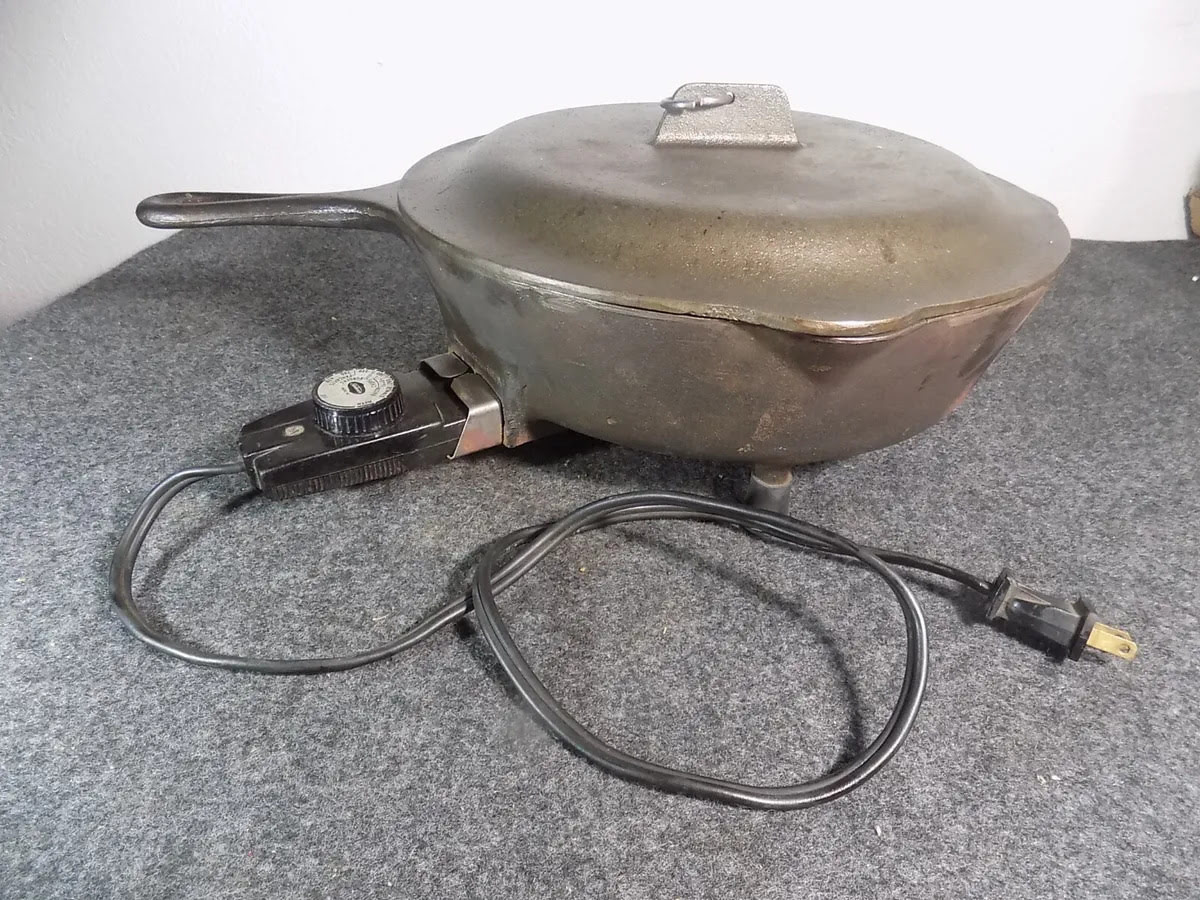
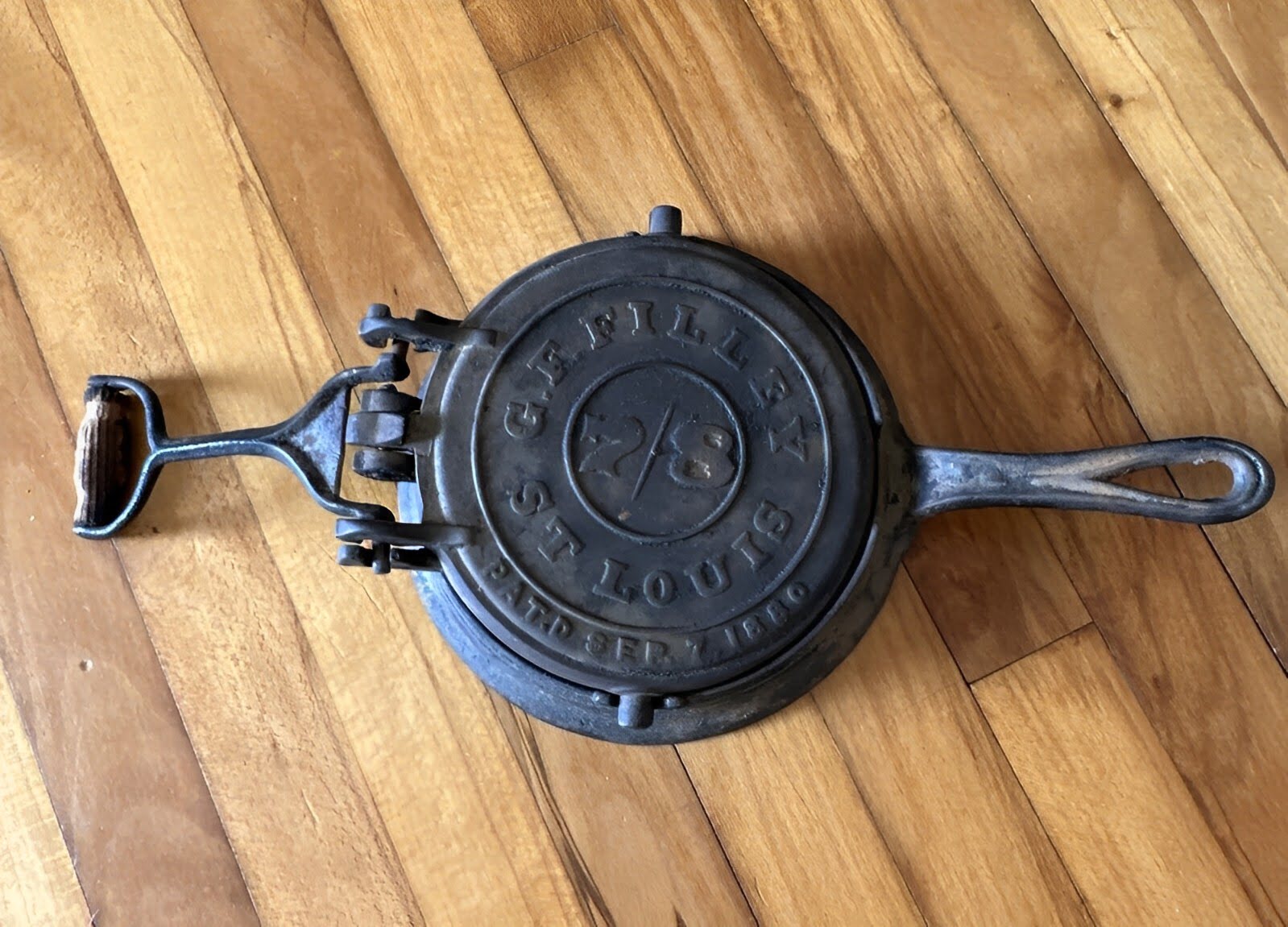
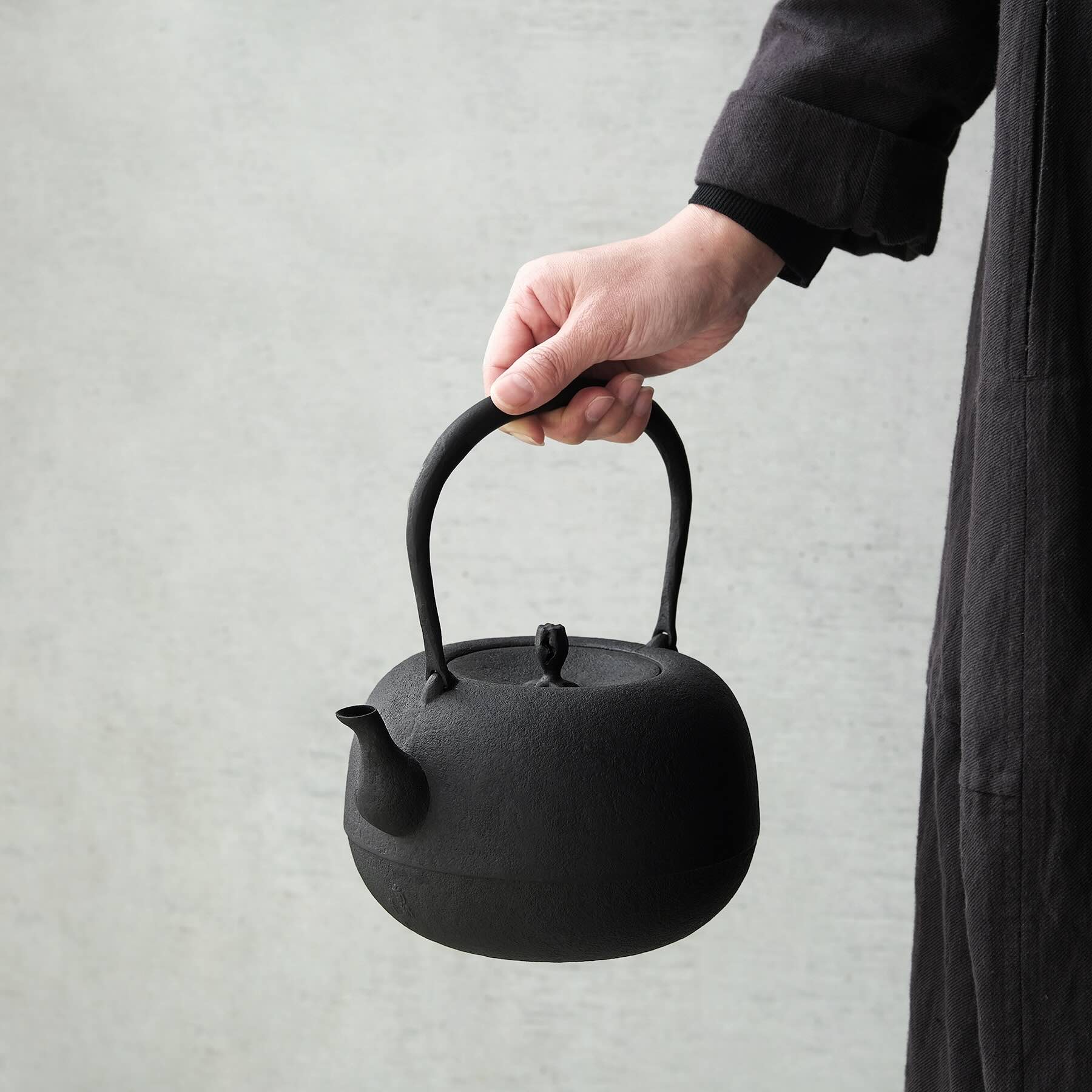

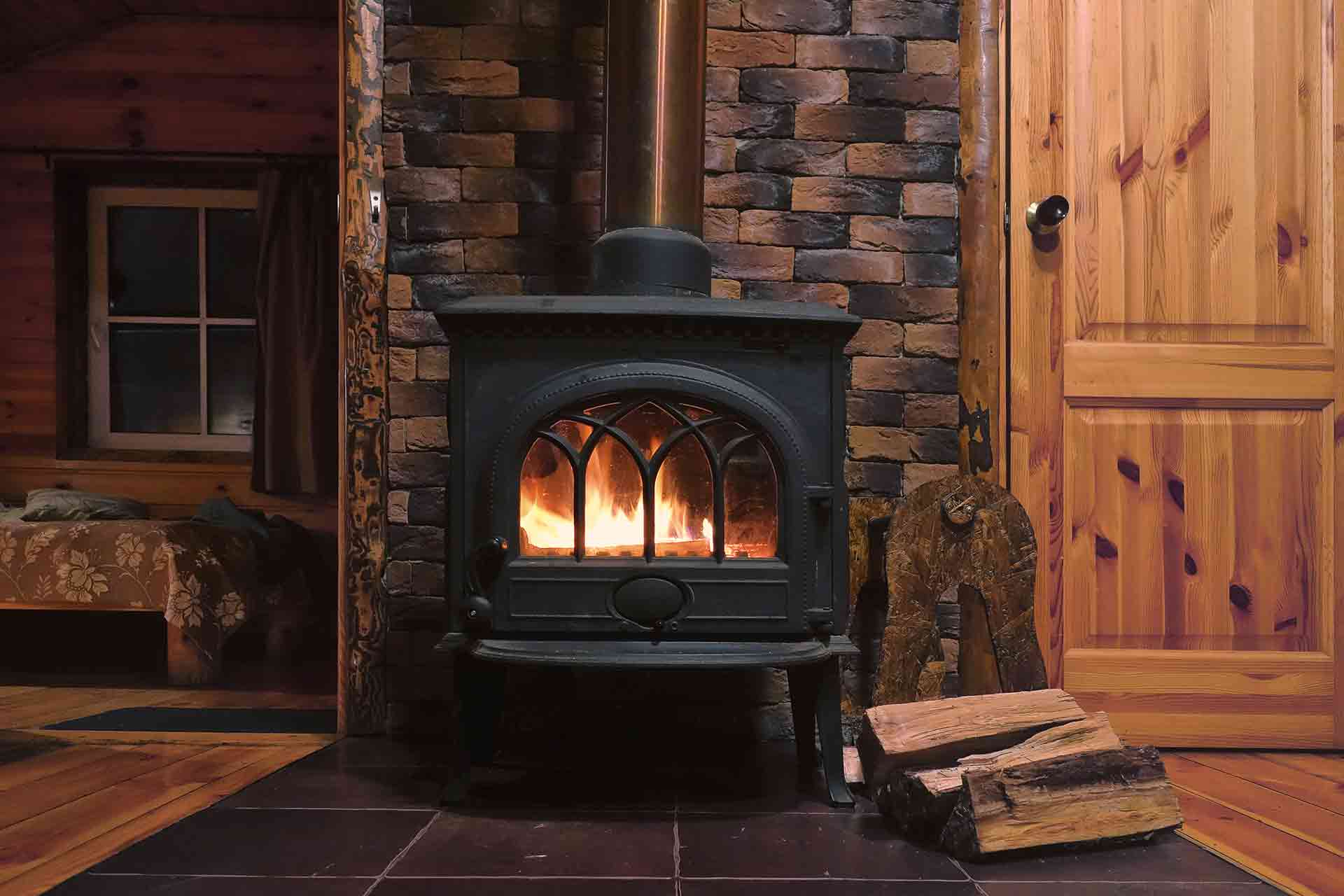
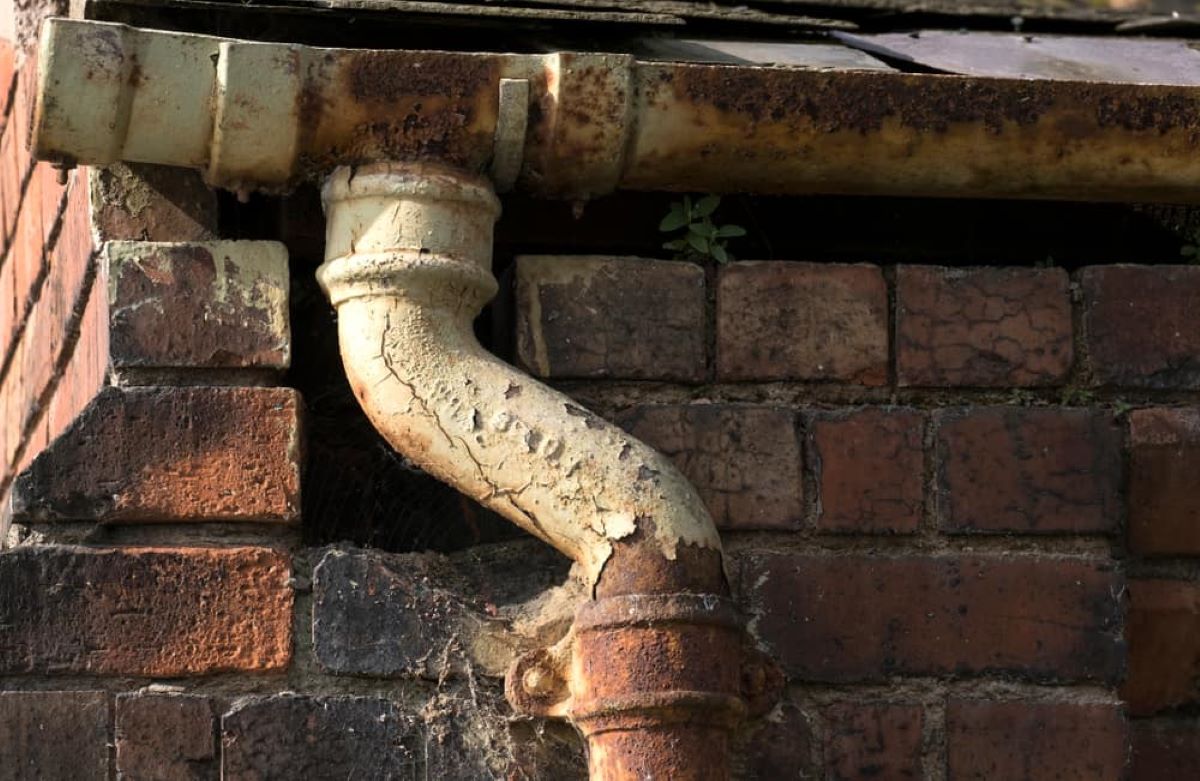

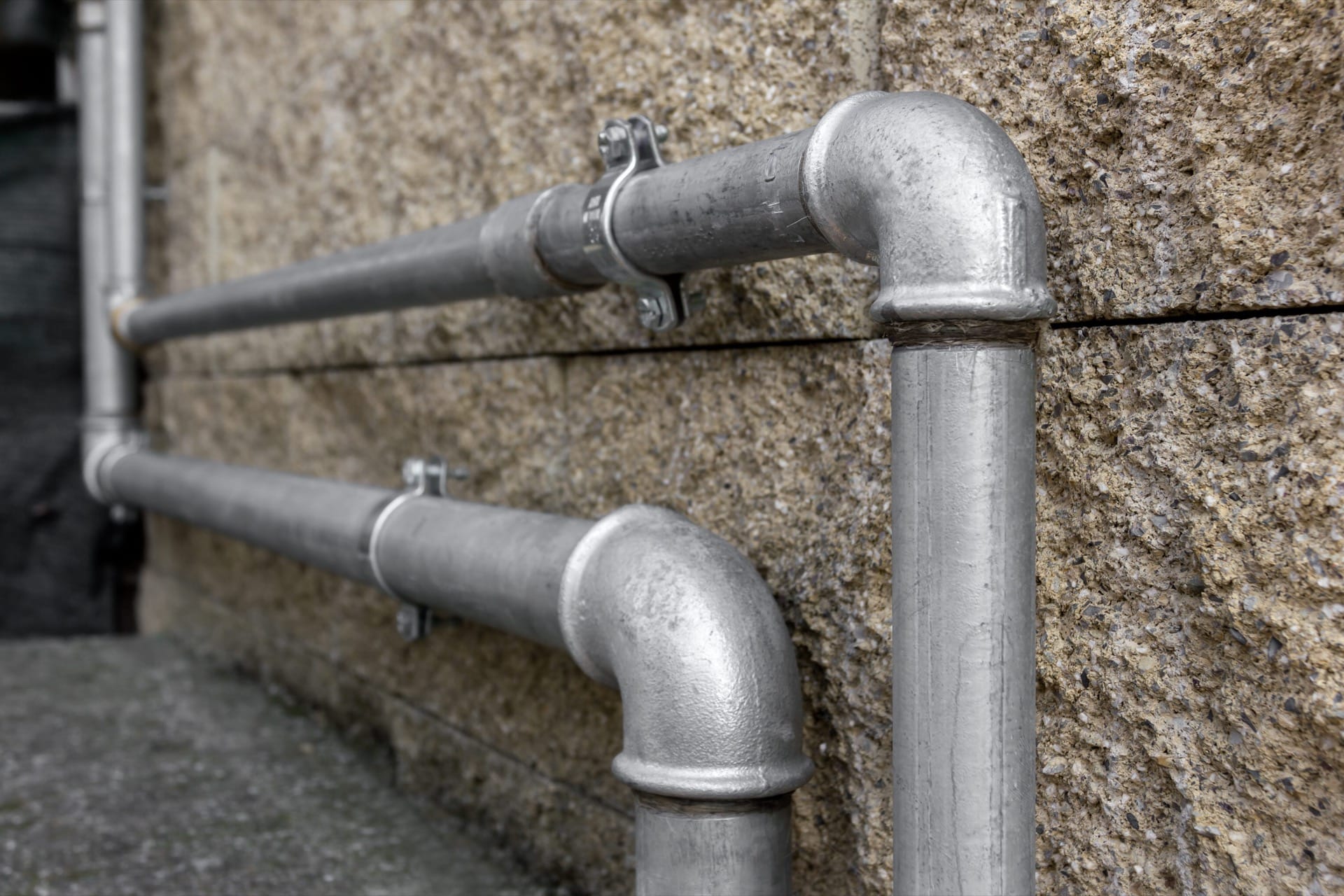
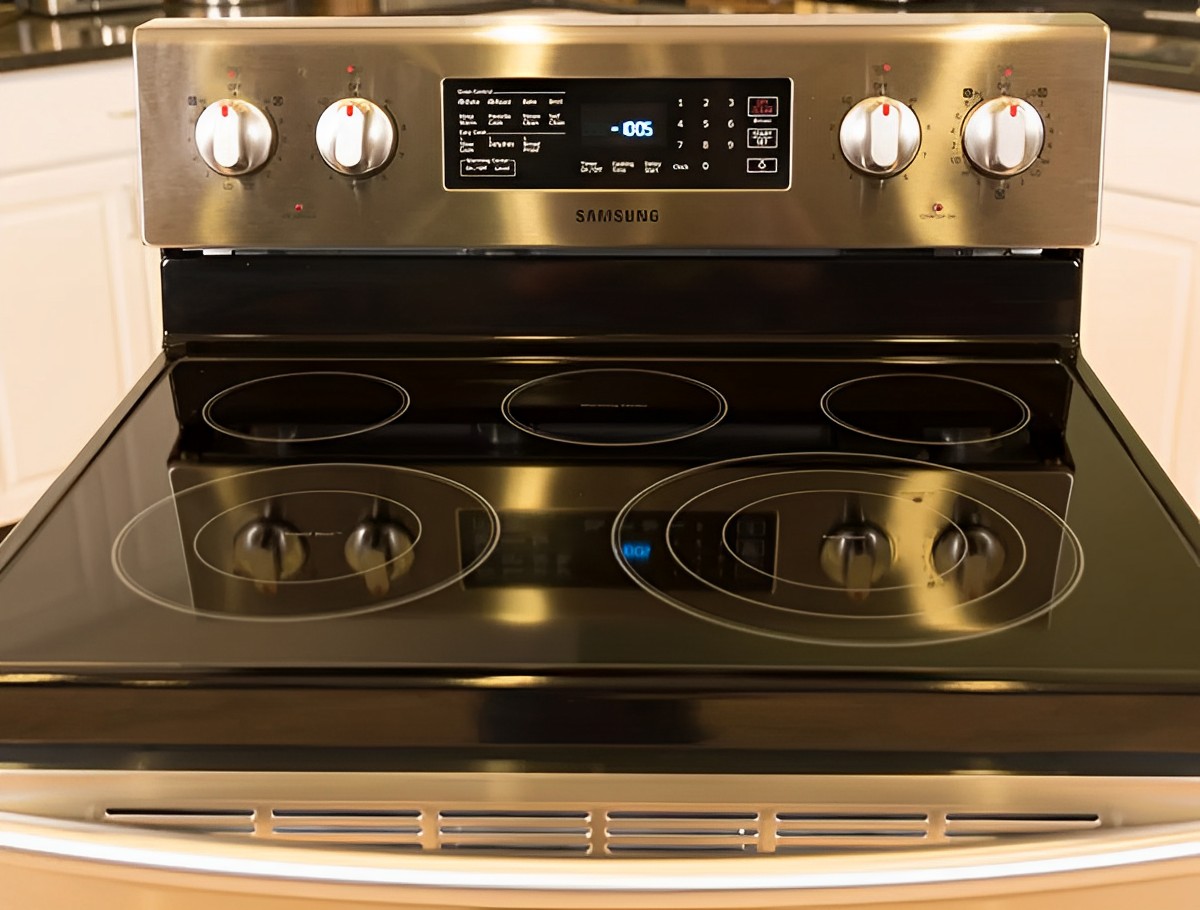

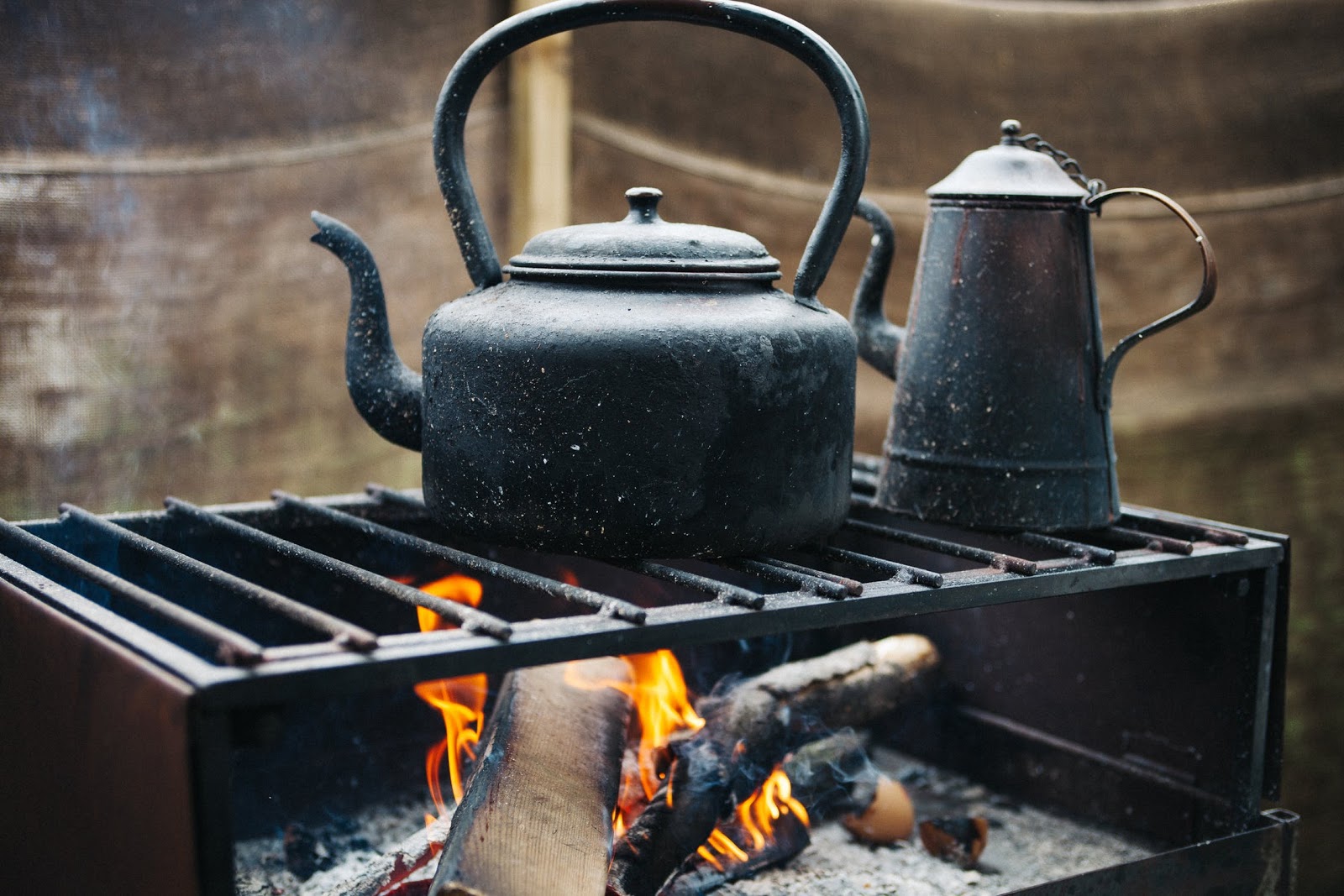
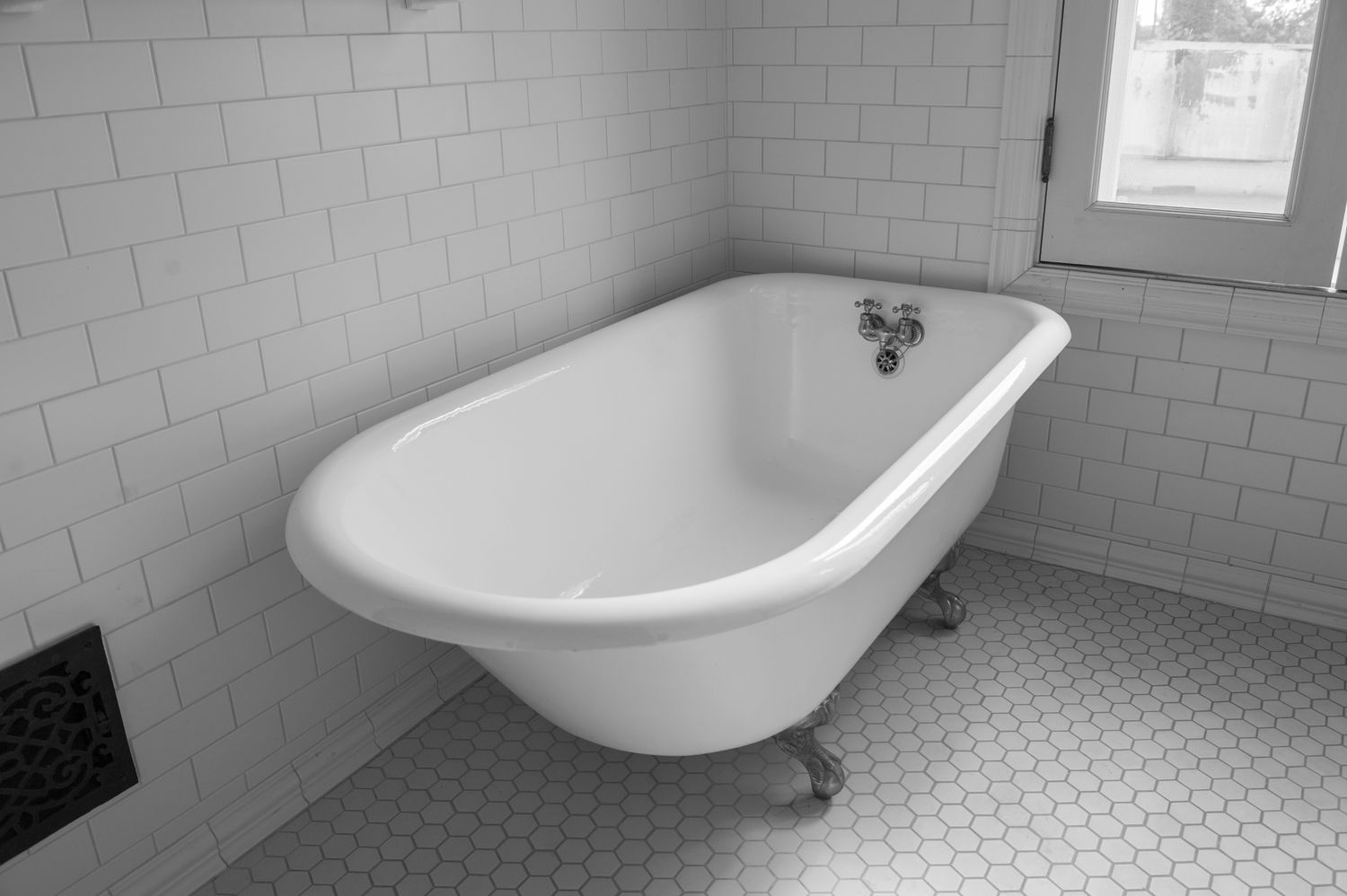
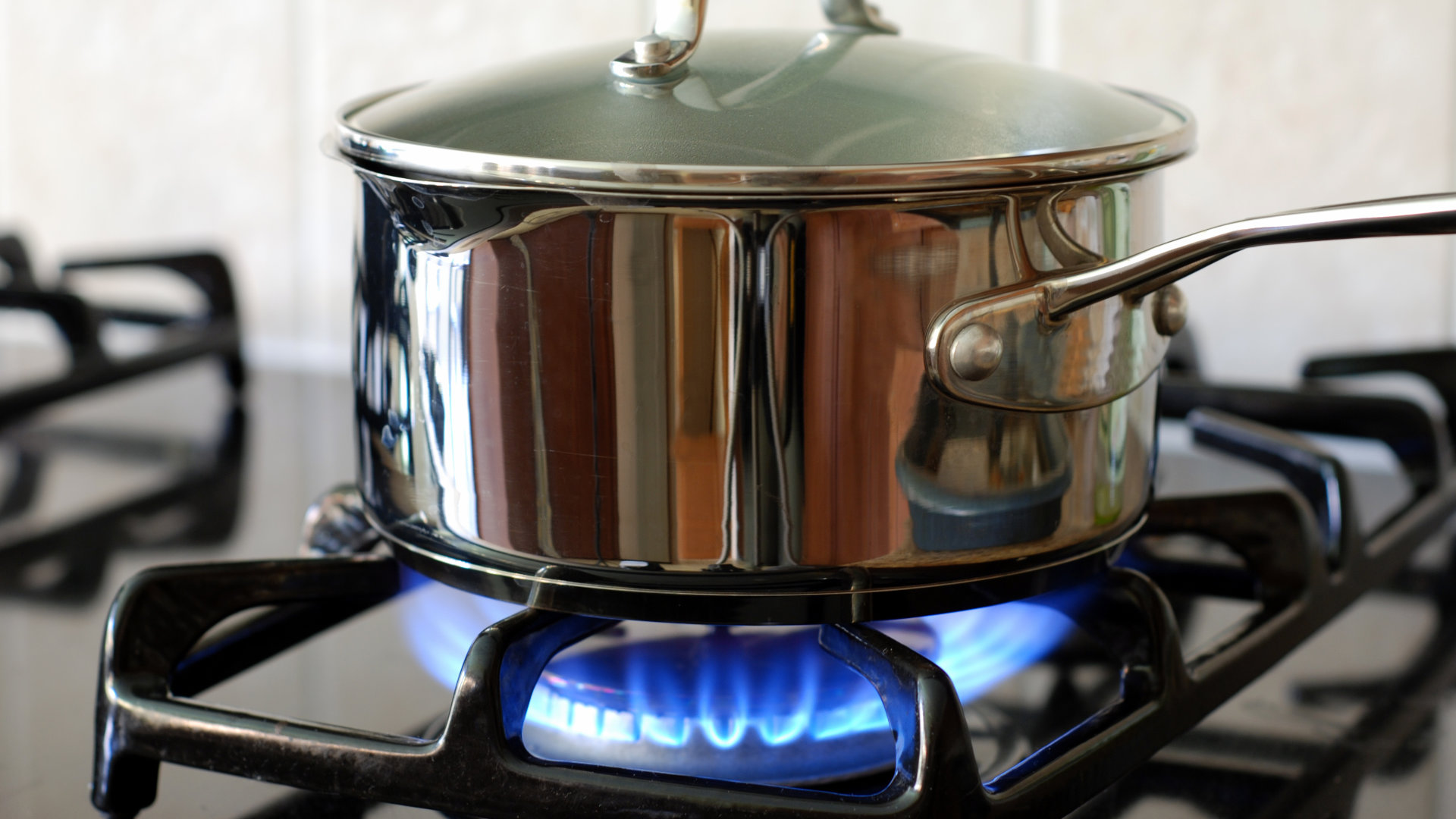

0 thoughts on “How To Use A Cast Iron Skillet On A Glass Top Stove”